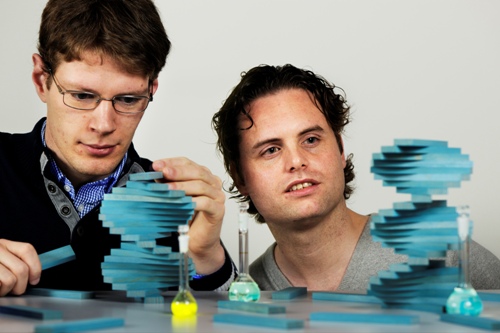A novel research conducted by scientists at UT Dallas paves the way to develop high-efficiency cooling solutions for producing quieter electronics with improved operating life.
"A laptop fan pumps heat out of the system, but heat removal starts with a chip on the inside. Engineered graphene could be used to remove heat – fast.”
According to Dr. Kyeongjae “KJ” Cho from UT Dallas, heat removal begins within a chip and engineered graphene can be utilized to eliminate heat rapidly. Cho is investigating the thermal conductivity of the wonder material, graphene. A paper reported in the Nature Materials journal is in line with Cho’s statement. The paper demonstrates that graphene is capable of conducting heat at a rate 20 folds quicker than that of silicon, a commonly used semiconductor material in electronics.
For the Nature Materials paper, UT Austin’s research team carried out a study on heat transfer characteristics of graphene. The team heated the center of a portion of the material using a laser beam. It then measured the difference in temperature between the middle and the edge of the material. Cho’s theory assisted the team to demonstrate its findings.
Cho stated that the performance of an electronic device gets affected as it heats up. Hence the efficiency and operating life of an electronic device improves proportionately with the rate of removal of heat, Cho added.
Cho further said knowledge of the heat transfer mechanism of a two-dimensional graphene system will help the researchers to manipulate the material’s use in day-to-day semiconductor devices. To achieve this, Cho together with Hengji Zhang from UT Dallas is working on a follow-up article that describes the way of controlling graphene’s thermal conductivity.
Click here for the complete article.




